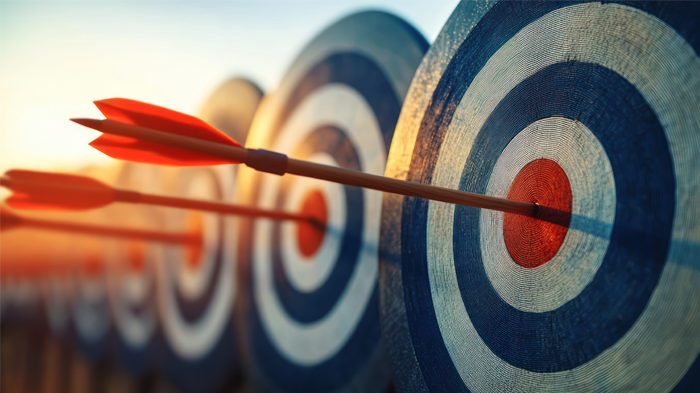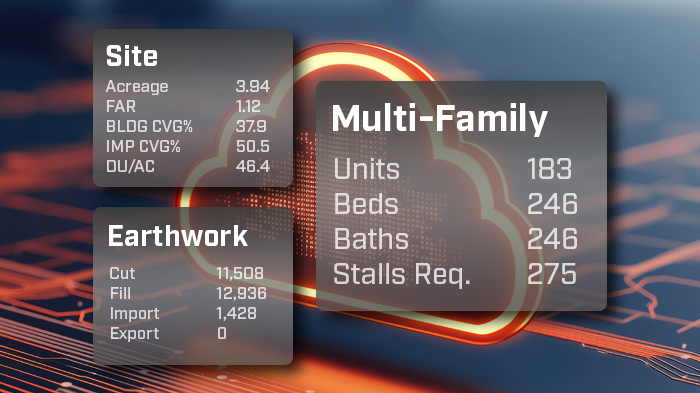
This guest blog post was authored by the cove.tool team. Visit their website to discover more or check out our integration.
Importance of Energy Use Intensity (EUI)
Energy Use Intensity (EUI)is a useful metric to compare the performance of buildings across different types, locations and sizes. Think of it as a score to measure the fitness of yourbuilding oncetenants occupy a space. Simply put, EUImeasuresthe energy efficiency of a building. In general, a lower EUI is an indicator of better performance, which can translate to multiple benefits for developers. For example, higher performance buildings can generally command a higher sale price, a quicker sale, and potentially lower design and construction costs.Factors like building assembly, glazing percentages, active and passive design strategies implemented, and loads, can contribute to building owners and tenants paying millions more annually. By knowing the EUI values of design decisions and other iterations, developers can get the best value for a building’s performance.
Site EUI versus Source EUI
There are two different EUI types as it relates to construction. Site EUI is most often a term you will hear in design circles. It is related to the actual energy consumption on a building site, including items such as heating and electricity. Owners see these costs in utility bills or through metering.Source EUIisconsidered a more accurate representation of the energy footprint of a buildingas it takesmore thananelectricity bill into account.It also factors asite’s energy consumption and losses due to production, transportation,and delivery to the site.
Calculating EUI
Primarily used to measure commercial building energy use, there is no one size fits all approach tocalculateEUI. For example, energy consumption is not only related to the output of utilities,such aselectricity use and fans.It is also affected by the building’s location.The first step in calculating EUI is determining how much energy your building uses on an annual basis. Once you have the number handy, divide it by your building’s total square footage. The results are the energy use of the building, per square foot of space. As a next step, calculate EUI by dividing gross energy used in a year, expressed in kilowatt-hour or kilo-British Thermal Units (kBTUs), over the total square footage of the building.This provides the big picture on efficiency efforts and identifies areas for improvement. Different structures have differentEUIs,and they can vary widely based on the type of building. For example, the EUI of a medical facility will have a higher EUI than a small office or suburban home. This isbecauseof high energy consumption of interior lights, with some running seven days a week,twenty-fourhours a day,and demands of equipment throughout facilities.
EUI and Energy Modeling
An energy model can be used to calculate EUI. It uses a series of equations to calculate the heat flow into and out of a building, and measures the amount of energy that must be expended in order to maintain the ideal level of indoor comfort.Thismethodis useful for new builds and retrofit projects. Performing analysis leads to a reduction in operating costs and improves the tenantexperience.Energy modeling is also becoming more commonplace with developers because of the positive impact it can have on improving existingbuilding performance. It is also critical in the design of high-performance buildings.
Unpacking the Value of EUI for Developers
Savings Associated with Design and Construction Costs
Using EUI as a baseline comparison metric can help developers validate design strategies early to avoid costly changes later. This is key to helping projects stay within budget and on schedule. Considering the full lifecycle of a project, the ability to impact cost and building performance is at its peak at the very beginning when the costs of making major design changes are still relatively low. By conducting early analysis, including calculating metrics like EUI, developers can reap the benefits of increased profits through minimizing design revisions at the later phase of their project.
Increased Asset Value
Since EUI is often used as a benchmark metric to evaluate compliance against energy code compliance, it’s worth noting that studies have shown that green building certifications increase the attractiveness of a property to potential stakeholders. Owners enjoy the benefits of lower operating and maintenance costs, compliance with legislation and CSR requirements, slower depreciation, and increased occupancy rates. Likewise, tenants report increased productivity and increased perception of health and well-being.
Reduced Operating and Maintenance Costs
As energy prices rise, operational energy efficiency will likely become one of the more important drivers for occupier demand. Higher performance buildings have been proven to save money through reduced energy and water use and lower long-term operation and maintenance costs, which overtime, typically result in savings that exceed any design and construction cost premiums. High performance buildings also enjoy the benefit of more efficient maintenance requirements, reducing overall lifecycle costs. Also consider that theUnited States Department of Energy shared that 30% of energy in commercial buildings ends up going to waste because it is not consumed.EUI considerationscan prevent energy waste and reduce costs.
Staying Ahead of the Conversation
Another reason developersshould considerbuilding energy consumption and EUI is a shift in the AEC industry driven in part by changing regulation. Energy codes around the world are reducing energy targets to net zero energy use by 2030.And with the signing of the 2021 Bipartisan Infrastructure Bill, there’s also renewed growth and opportunity in the U.S. for the renewable energy sector that will impact development. The Energy Efficiency and Conservation Block Grant funding and State Energy Program (SEP) funding will help states adopt and implement building energy codes. The investment provides an important opportunity for architects, engineers, and contractors to leverage the grants to encourage widespread sustainable design practices. The American Society of Heating Refrigeration and Air Conditioning (ASHRAE), among other organizations, are expected to update their codes in 2022. ASHRAE 90.1 will push the minimum requirements higher based on the affordability of new technologies and techniques and be further encouraged by the bill’s initiatives. While standards vary between states, several counties have updated their code requirements throughout the years, creating a new sense of urgency that will have an indelible impact on future development.







